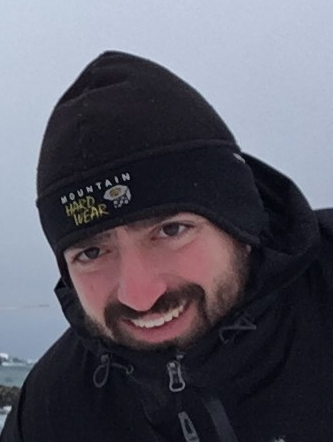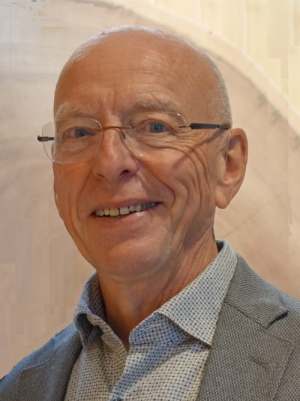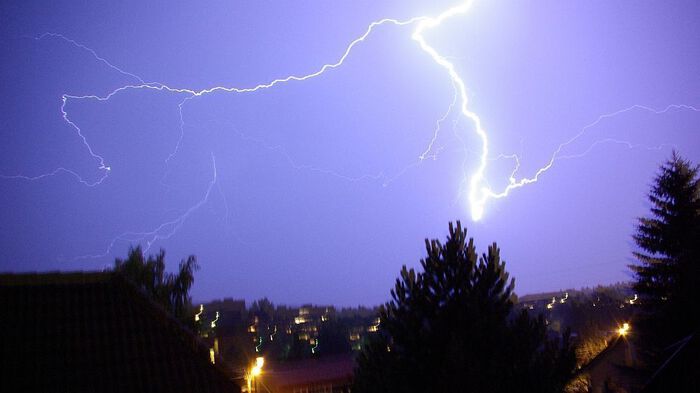Webpages tagged with «Meteorology»
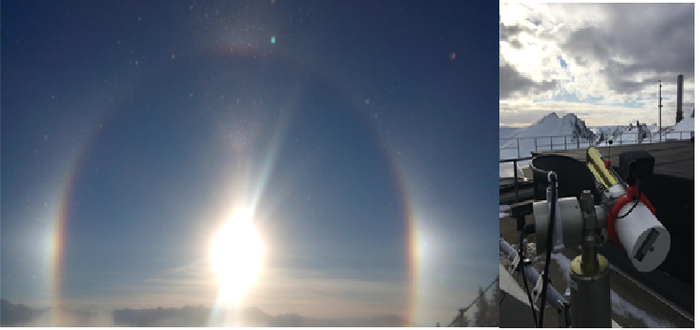
Cirrus clouds influence Earth’s radiative energy budget as they scatter and absorb solar radiation (0.3 to 4.0 µm wavelength), and absorb and emit terrestrial radiation (4 to 100 µm). They either cool or warm the Earth’s climate depending on which of the two effects dominates. Beside the optical thickness and effective ice crystal radius, the sign of the radiative forcing of cirrus clouds depends crucially on the ice crystal shape and orientation.
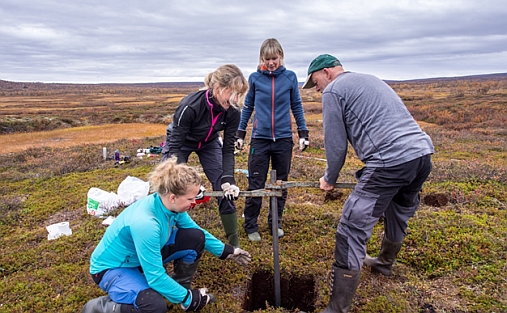
In the PERMANOR project we want to get knowledge about the local-scale processes of a thewing permafrost, and how this affect the global climate system. The research is cross disclipinary between permafrost researchers and meteologists. Of particular interest is the warming potential of this so-called “permafrost-carbon feedback”. The aim is to give input to the Earth System Models (ESMs) used for climate predictions, including the Norwegian Earth System Model NorESM.





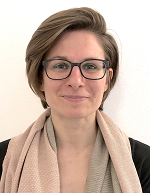


.jpg?alt=listing)
